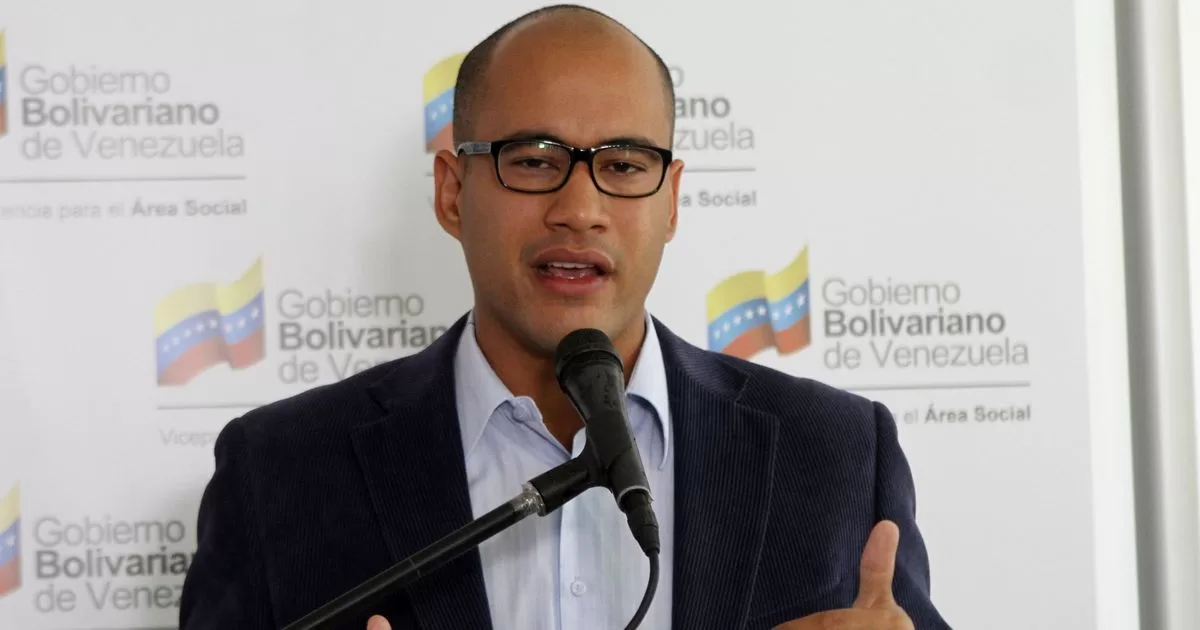Narrow bands of white artificial snow meander these days from the Kitzbüheler Horn into the green valley. Ski courses had to be canceled on the Brunnalm in Styria due to a lack of snow. And cross-country skiing is severely restricted, as in Zell am See. In many regions, winter is currently presenting a sad picture.
The Christmas thaw did a great job, it was up to 16 degrees warm around the holidays in Puchberg am Schneeberg (Lower Austria) and Micheldorf (Upper Austria). Before that, it rained up to 2,000 meters above sea level. Now it’s getting even warmer.
Air from the Canaries
The turn of the year makes hiking more fun than snow fun, the thaw continues and even intensifies. The warm, subtropical air comes from the Canary Islands to Europe and spreads to many countries.
Records will be broken in a row, because on New Year’s Eve temperatures will reach 15 to 20 degrees and even more in many countries. This is also the case in Germany, where the German Weather Service expects up to 22 degrees on the Upper Rhine. In the capital Berlin it will still be 15 degrees mild even at midnight, albeit quite windy.
The New Year is slipping into the new year in Brussels and Amsterdam in a similarly spring-like manner, and gusts of wind are also threatening in the Benelux countries. In Spain and southern France, a summer day with 25 degrees is even conceivable.
Almost 20 degrees in Austria too
Last year it was 18.3 degrees on New Year’s Eve in Berndorf (Lower Austria), 18.8 degrees on New Year’s Day in Köflach (Styria). It was the warmest turn of the year in Austria since measurements began. These records can be eclipsed again this year. Foehn southerly winds play a decisive role in this, as they can push the temperatures up to 19 degrees or even higher on the northern edge of the Alps from Vorarlberg to the Mostviertel.
Unusually, the warmest air mass reaches Austria on New Year’s Eve. At altitudes of around 800 meters, almost 20 degrees are possible, especially in Upper and Lower Austria. Even at an altitude of 1,500 meters it is up to 16 degrees in the middle of the night on the Feuerkogel and Ötscher. Anyone who celebrates in a mountain hut is exceptionally warm.
Cooler in the lowlands at night
In the lowlands and in most of the valleys, on the other hand, New Year’s Eve usually brings temperatures in the single digits. This means that the turn of the year z. For example, it wasn’t as warm in Vienna as it was a year ago when it was 15 degrees warm on Stephansplatz when Pummerin was played.
In some Alpine valleys, the ORF weather department also expects a light frost, such as in East Tyrol, in the Salzburg mountain districts and in Upper Styria. In addition, the turn of the year is dry throughout Austria, and mostly it is starry or slightly cloudy, but here and there fog forms.
Little snow on many mountains
Not only are most of the valleys green, but there is also little snow on many of the mountains. On the Feuerkogel (Upper Austria) at an altitude of over 1,600 meters it is just 27 centimetres. In the almost 100-year series of measurements, there were only a few years that ended with as little snow as this year. Even on the Loferer Alm there are less than 30 centimeters, on the Rax in Lower Austria it is only eight centimeters.
The snow conditions are comparatively good at altitudes of 2,000 meters and above. For the Galzig (Tyrol) and the Rudolfshütte (Salzburg), the around 90 centimeters are also below average in a long-term comparison. There is 40 centimeters of snow in Obergurgl (Tyrol) and half a meter on the Villacher Alpe.
There is no more snow in sight, the weather situation can only change after the Christmas holidays. Until then there will be almost no fresh snow even on the mountains. Atlantic fronts weaken on the way to us or make a wide berth around the Alps. Mostly calm high-pressure weather prevails.


